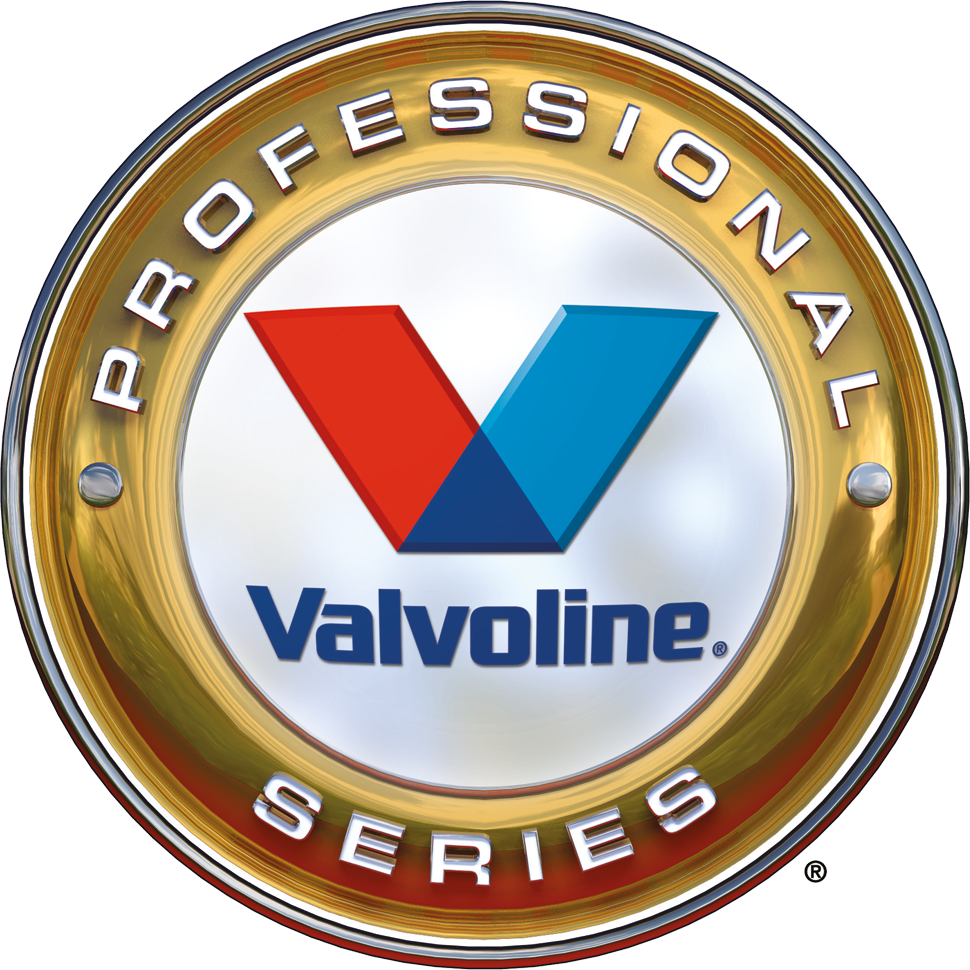Car repair and maintenance precautions
In the good old days, a hammer and a good screwdriver were all you needed to keep your car running smoothly. Not anymore.
On-board electronics have been a game changer, making even the most routine repairs and maintenance so complicated that few amateur mechanics today can handle them.
But there are a few jobs you can still work on in your garage. Just be patient and take your time, because the way you used to go about them may no longer be appropriate.
Automotive systems have become increasingly sophisticated and fixing them demands equally complex skills. You’ll need to consult the owner’s manual to know exactly which procedures and sequence of manoeuvres to follow for a particular job, as well as the necessary safety measures.
Some things haven’t changed, however. Here’s a list of tried-and-true precautions that are still applicable today.
1. Finding what’s what and where
Before going to work on your car, study the owner’s manual—a diagram will show you what and where everything is.
A quick check of all the components under the hood is the least you can and should do. “People often waste a couple of hours figuring out how their new coffee maker works,” says Sylvain Légaré, automotive industry analyst with CAA-Quebec, “but they won’t even lift the hood of the car they’ve just spent thousands of dollars to buy.”
Locating the battery, for example, should be done before both your hands are covered with grease. Don’t laugh: batteries used to be clearly visible, but not anymore—these days they’re more likely lurking beneath plastic covers or even under the floor of the trunk.
The same goes for the different reservoirs. Look for them before, not after, you’ve poured engine oil into the antifreeze tank or brake fluid where the transmission fluid should be. And it’s a good idea to note the colour of each fluid before any of it leaks onto your driveway.
2. Caught in a heat wave
Instead, wait an hour or two until the car has cooled down to its normal temperature. And when you unscrew that radiator cap, do so very slowly and turn your face away.
If you need to check the engine while it’s running—so you can locate a suspicious noise, for instance—then be sure to do so in a well-ventilated area. And don’t smoke, especially if the battery is nearby. Hydrogen fumes and burning cigarettes never go well together.
Avoid long or wide shirt sleeves (or at least roll them up), and tuck your tie into your shirt—better yet, don’t wear one at all. Additionally, tie back long hair and remove all jewelry.
If you need light, avoid incandescents. Use LED lighting, which produces little heat and eliminates the risk of sparks with batteries nearby.
3. Stabilizing your vehicle
Before leaning over the car, make sure it can’t move. The automatic transmission should be set at P (Park), the manual shift at first gear. The handbrake must be tight.
To check the oil level accurately, park the car on a flat surface and wait for the engine to cool down or to be shut off for at least 15 minutes, long enough for the oil to return to the pan. An inaccurate reading may lead to adding oil unnecessarily, something you don’t want to do with today’s engines. They’re more compact and fitted with sensitive antipollution systems that can be damaged if the pan is swimming in oil. And you can be sure that the check-engine indicator will immediately light up.
That’s why it’s important to pay attention to the “maximum” and “minimum” marks on the oil dipstick, so you don’t go above or below. If more oil is needed, use the kind recommended by the carmaker (it’s indicated in the manual). And of course, be sure to screw the oil cap on properly before starting the ignition.
4. General precautions
Antifreeze
The product must adhere to the manufacturer’s recommendations. Unless you live in Nunavut, your antifreeze should contain 50 per cent ethylene glycol and 50 per cent distilled water. When buying antifreeze, check to see if it’s premixed or 100 per cent pure, which will require some dilution—otherwise it will set like Jell-O in cold weather and won’t heat your car.
Windshield washer fluid
Some claim to dissolve bug crust, others to cause water to bead off. Carmakers don’t always recommend these products because they make the wipers noisier. Check the owner’s manual to learn more. Note: if you use summer washer fluid, empty the reservoir and refill it with the winter kind before the cold weather arrives.
Windshield wipers
If you change them yourself, follow the instructions in the owner’s manual meticulously, and remember, easy does it. “If you have to force them, then you’re not doing it properly,” says Légaré. And of course, don’t replace wipers in freezing weather—the plastic becomes brittle in the cold and could crack. Finally, make sure the blades are well secured before you hit the road.
Batteries
You’ve just changed your battery. If your vehicle jerks along during the first few kilometres, don’t fret. “It won’t last long,” says Légaré. “It’s because the computer controlling the transmission was reset to zero and has to readapt to your driving style.” Caution: for some vehicles, battery replacement requires that different systems—stability control, for one—be reprogrammed, a procedure that more often than not can only be performed by the dealer. Check the owner’s manual.
Tires
If you think changing tires is just a matter of tightening the bolts, think again. There’s a precise sequence to follow, generally in an X pattern, as indicated in the owner’s manual. Another precaution to take, which many people neglect: when you place the wheel on the hub, make sure there’s no trace of dirt or rust. “If the surfaces are not clean, you’ll risk losing a wheel,” warns Légaré. And when rotating or changing the four tires, never use the aptly named spare—it is not made for prolonged use.
© CAA-Quebec
https://www.caaquebec.com/nc/en/on-the-road/advice/tips-and-tricks/tip-and-trick/show/sujet/car-repair-and-maintenance-precautions/


